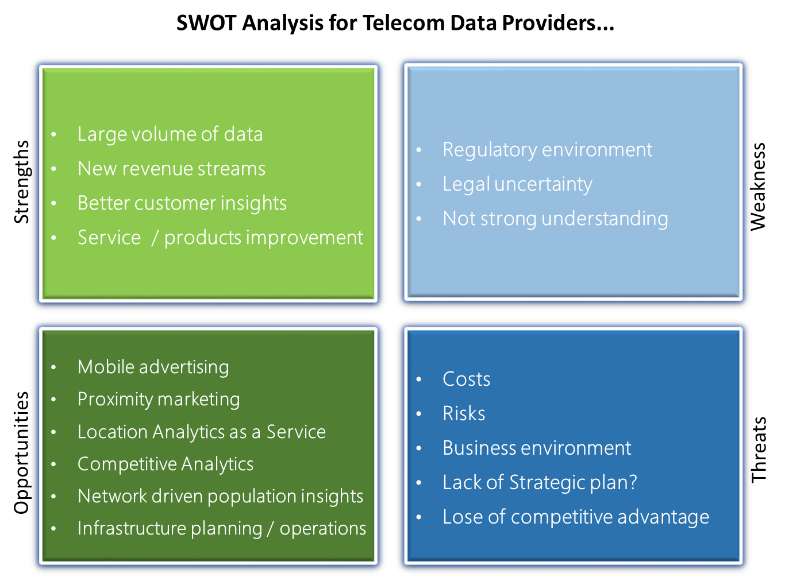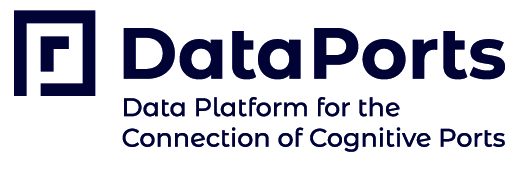Telecommunication industry aims to become a key player towards the seaport transformation.
Transformation is not only today’s trend but also a reality. Ports could not be excluded from that change. A transformation process has been initiated in order to change their operational structure and the services they offer. Artificial Intelligent and Data oriented services push the services’ landscape beyond the traditional ones that are currently used. As a result, new opportunities are risen for Telecommunications/Information and Communication Technology (ICT) providers at ports. These opportunities are the steppingstone towards the transformation of ports for the future [1].
Smart and Cognitive Ports is the newest trend and, like the Smart Cities, is a creation of a new emerging data market. It is a term that expands the traditional stakeholders’ ecosystem with limitless opportunities for new entries. A multi-actor and very diverse ecosystem is created with many opportunities for market expansion, revenue increase, new services, especially data-driven ones such as Internet of Things (IoT) [2] and AI-based services. This rapid growing ecosystem with many actors and many roles creates the need for new and dynamic Business Models to fulfill the also rising needs. This opportunity was early identified by European Union in 2014 [3] and a special chapter was included within the Smart Cities one. “Ports are considered a special case of a Smart Community, then they have to meet the same requirements that are asked for a Smart City, adapted to the port situation”.

On the port transformation journey, the Telecommunication industry (also involved in ICT services) can have a significant role and perhaps become a key player towards the transformation success. Telecoms hold the backbone of the data-driven environment [4, 5, 6] through their networks. Therefore, it is on their hand to become key players in this rapidly increased emerging market. A Telecom/ICT Provider, in order to enter this emerging ecosystem and potentially benefit from its growth, should firstly address real-life data market use cases in Ports that are related to its areas of operations. Telecommunication industry, due to its field of operations, owns, handles and processes large volumes of data, both real and non-real time, which is collected and stored from many different services. A Telecom Provider has the largest availability of customers’ personal data, network data, mobility tracking, billing location, and so on. The correlation of such datasets, as well as the combination of them with external publicly available data, may potentially create a great value for solving problems and serving future needs. In DataPorts, OTE participates as a Data Provider, offering aggregated mobility data related to Thessaloniki seaport area.
References:
[1] Gizelis CA., Mavroeidakos T., Marinakis A., Litke A., Moulos V. (2020) Towards a Smart Port: The Role of the Telecom Industry. In: Maglogiannis I., Iliadis L., Pimenidis E. (eds) Artificial Intelligence Applications and Innovations. AIAI 2020 IFIP WG 12.5 International Workshops. AIAI 2020. IFIP Advances in Information and Communication Technology, vol 585. Springer, Cham. https://doi.org/10.1007/978-3-030-49190-1_12
[2] Yang, Y., Zhong, M., Yao, H., Yu, F., Fu, X., Postolache, O.: Internet of things for smart ports: technologies and challenges. IEEE Instrum. Meas. Mag. 21(1), 34–43 (2018). https://doi.org/10.1109/mim.2018.8278808
[3] Volman, Y.: Report on open data, July 2019. https://ec.europa.eu/digital-singlemarket/en/open-data. Accessed 27 Feb 2020
[4] Agarwal, V., Mittal, S., Mukherjea, S., Dalal, P.: Exploiting rich telecom data for increased monetization of telecom application stores. In: 2012 IEEE 13th International Conference on Mobile Data Management. IEEE, July 2012. https://doi.org/10.1109/mdm.2012.28
[5] Banerjee, A.: Big data & advanced analytics in telecom: a multi-billion-dollar revenue opportunity. Heavy Reading, pp. 1–24 (2013)
[6] Bonneau, V.: Data monetisation: opportunities beyond OTT: finance, retail, telecom and connected objects. Commun. Strat. (97), 123 (2015)
